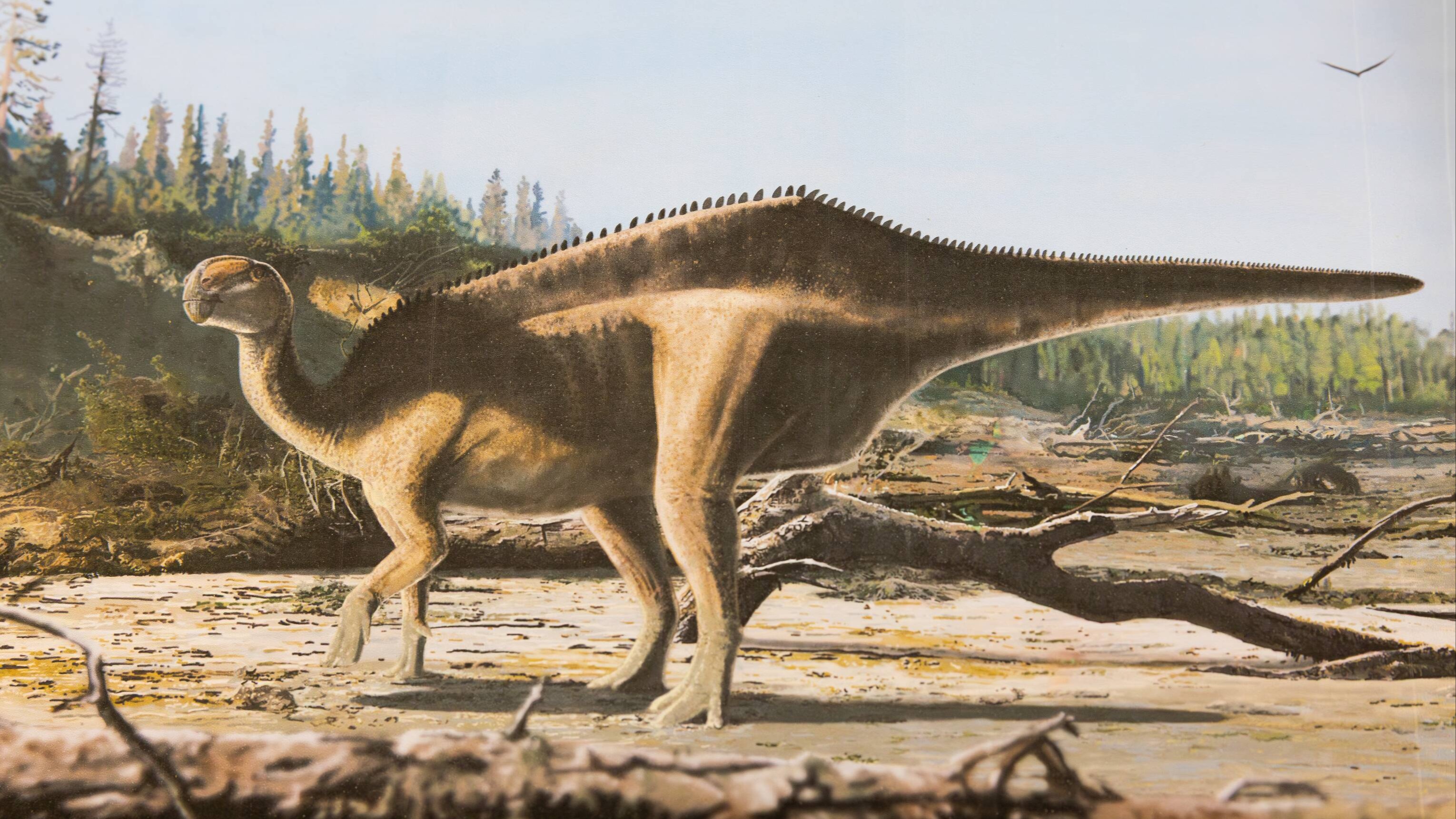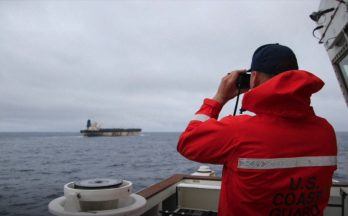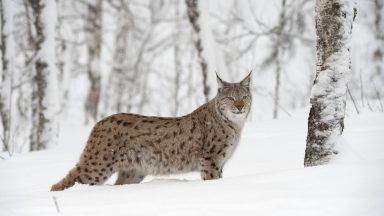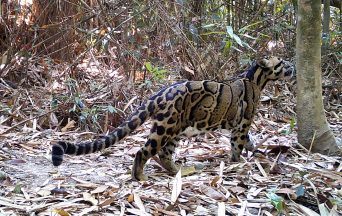Scientists have discovered a new species of dinosaur which had an “eye-catching sail” along its back and tail which might have been used to attract mates.
The new iguanodontian dinosaur, whose fossils were found on the Isle of Wight, was identified by PhD student at the University of Portsmouth and the Natural History Museum, Jeremy Lockwood.
The retired GP has decided to name the species in honour of sailor Dame Ellen MacArthur who comes from the island and became famous for setting a world record for the fastest solo non-stop voyage around the world in 2005.

The dinosaur has been given the name Istiorachis macaruthurae with the first word meaning “sail spine” and the second referring to Dame Ellen’s surname.
Before Dr Lockwood’s analysis, the fossils, which date back 125 millions years, were assumed to have belonged to one of the two known iguanodontian dinosaur species from the Isle of Wight.
He said, “While the skeleton wasn’t as complete as some of the others that have been found, no-one had really taken a close look at these bones before.
“It was thought to be just another specimen of one of the existing species, but this one had particularly long neural spines, which was very unusual.”

Dr Lockwood explained, in his study published in the scientific journal Papers in Palaeontology, the animal would have probably possessed a pronounced sail-like structure along its back.
He said: “Evolution sometimes seems to favour the extravagant over the practical.
“While the exact purpose of such features has long been debated – with theories ranging from body heat regulation to fat storage – researchers believe the most likely explanation in this case is visual signalling, possibly as part of a sexual display and this usually is because of sexual selection.
“In modern reptiles, sail structures often show up more prominently in males, suggesting these attributes evolved to impress mates or intimidate rivals. We think Istiorachis may have been doing much the same.”
For the study, the researchers compared the fossilised bones with a database of similar dinosaur back bones which allowed them to see how these sail-like formations had evolved.

Dr Lockwood said, “We showed that Istiorachis’s spines weren’t just tall – they were more exaggerated than is usual in Iguanodon-like dinosaurs, which is exactly the kind of trait you’d expect to evolve through sexual selection.”
Professor Susannah Maidment, of the Natural History Museum, said, “Jeremy’s careful study of fossils that have been in museum collections for several years has brought to life the iguandontian dinosaurs of the Isle of Wight.
“His work highlights the importance of collections like those at Dinosaur Isle, where fossil specimens are preserved in perpetuity and can be studied and revised in the light of new data and new ideas about evolution.
“Over the past five years, Jeremy has single-handedly quadrupled the known diversity of the smaller iguanodontians on the Isle of Wight, and Istiorachis demonstrates we still have much to learn about Early Cretaceous ecosystems in the UK.”
Follow STV News on WhatsApp
Scan the QR code on your mobile device for all the latest news from around the country






























